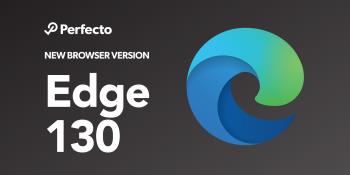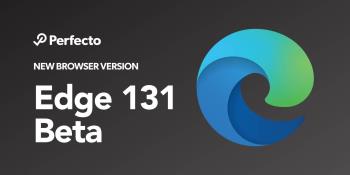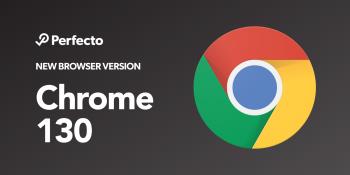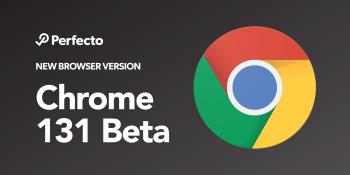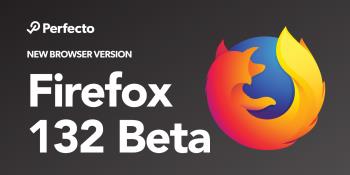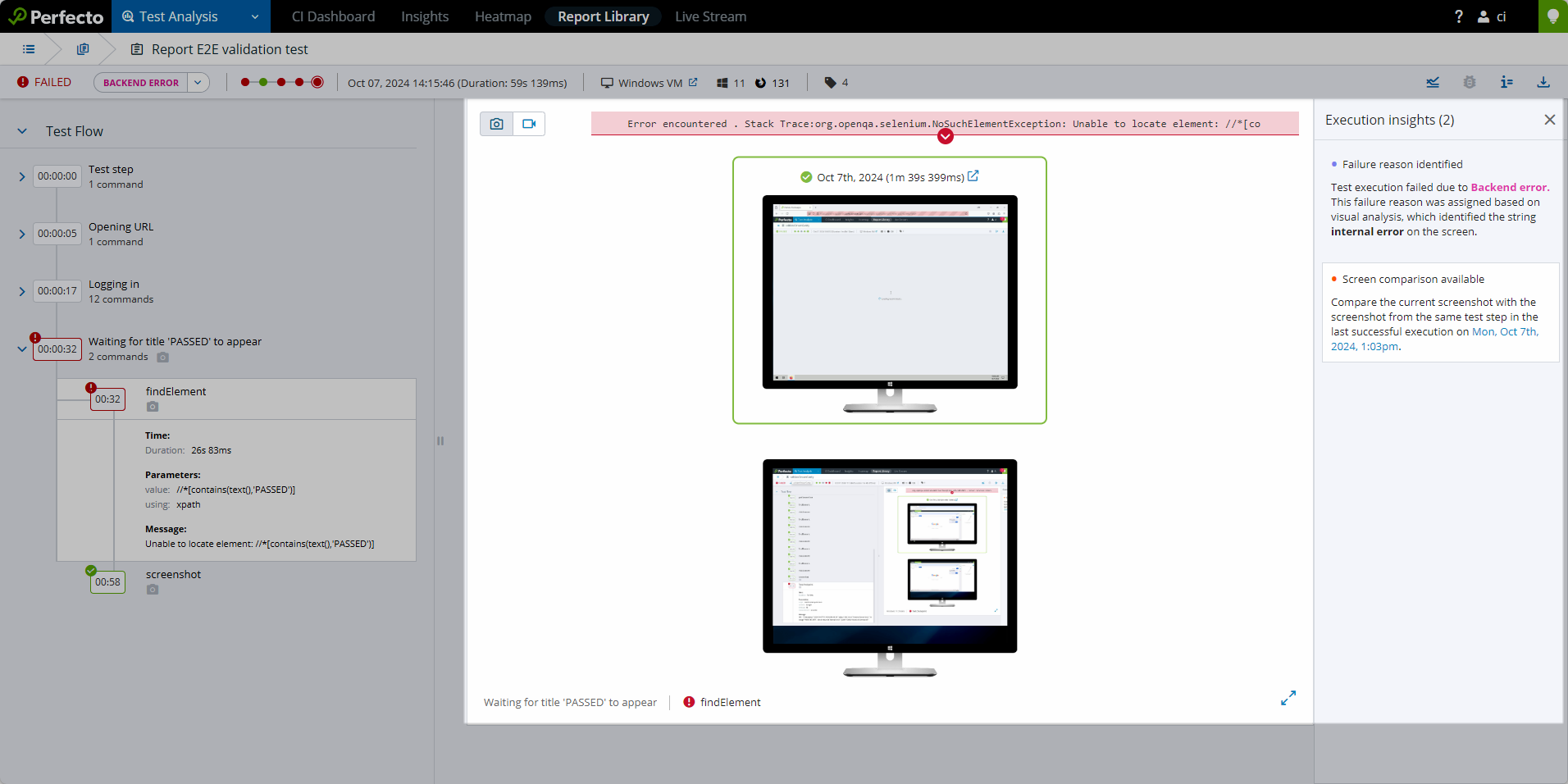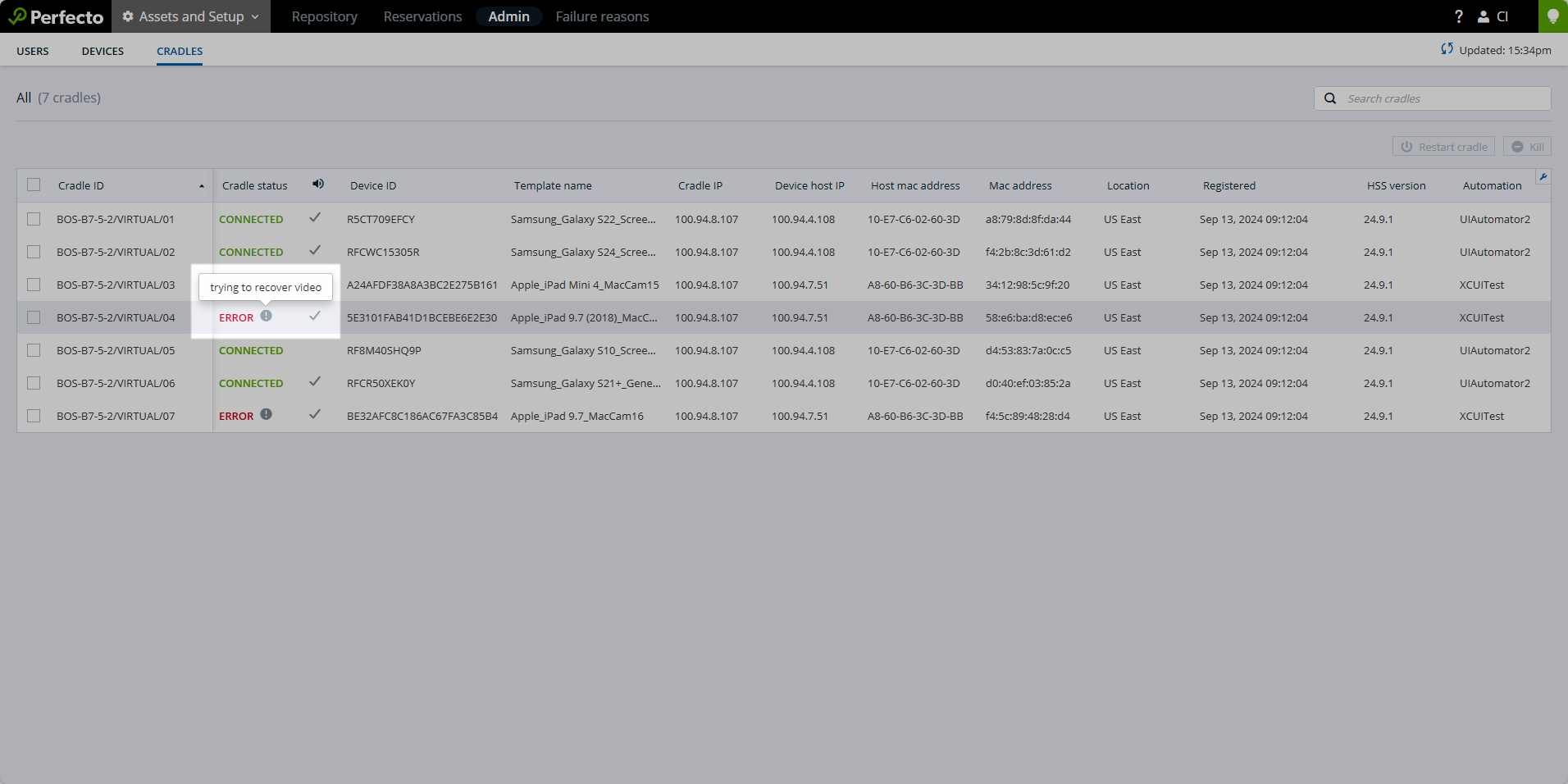See what's new in Perfecto 24.13 (released on October 27, 2024):
Scriptless Mobile enhancements
In this release, Scriptless Mobile introduces the following enhancements.
Ability to copy-paste commands across tabs
In Scriptless Mobile, you can now copy-paste commands from one Test editor tab to another, either by using the editing tools on the Top toolbar or the keyboard shortcuts Ctrl+C and Ctrl+V. This functionality facilitates rapid test development and cuts down on manual work when creating new tests.
To learn mores, watch the following video or see the Scriptless Mobile interface.
Smart Reporting enhancements
In this release, Perfecto Smart Reporting includes the following enhancements.
Execution insights
For failed executions, Perfecto's single test report (STR) now includes a new Execution insights pane that offers:
-
Information on why a specific failure reason was assigned as a result of visual analysis
-
Access to side-by-side screenshots of the failed execution step and the same step in the last successful execution. Comparing these screenshots can help you get a better idea of why the failure occurred. This insight also provides a link to the report of the last successful test run.
To learn more, see Identify the cause of failure.
Assets and Setup enhancements
In this release, the Assets and Setup view includes the following enhancements.
Error visibility
When a mobile device enters an error state, lab admin users now have better visibility into the underlying error. In the Cradles view, hovering over the Cradle status for the device in error displays a tooltip with the related error message. This makes it easier to understand the issue at a glance, likely reducing troubleshooting time and improving operational efficiency.
To learn more, see Manage cradles.
Manual Testing enhancements
In this release, the Manual Testing view includes the following enhancements.
Full-screen mode for desktop web
With the introduction of full-screen mode, you can now expand your desktop web sessions to take up the entire screen. Working in a more spacious environment allows you to better visualize and interact with the application under test. Full-screen mode facilitates taking screenshots. To access other widgets, you need to switch back to regular mode.
To learn how to access full-screen mode during desktop web testing, watch this video. To learn more, see Test web apps on desktop browsers.
Reminder: Updated Gradle plugin
To achieve the highest level of performance, stability, and security, Perfecto's Espresso and XCUITest Gradle plugin are now built using JDK 17. Starting with version 24.7, all Gradle plugin versions require Java 17.
Perfecto released a new version of the Espresso/XCUITest Gradle plugin on September 29th. As of this date, you must make sure that you have upgraded to Java 17 in all environments where the Gradle plugin is used. No additional steps are required. The Gradle plugin automatically updated to the new version upon release.
If you were unable to upgrade to Java 17 by September 29th, to prevent the automatic update of the plugin version, you must explicitly set the plugin version in your build.gradle file instead of using a placeholder for the latest version, as shown in the following example:
classpath 'com.perfectomobile.instrumentedtest.gradleplugin:plugin:24.6'To learn more, see XCUITest and Espresso.
End-of-life notice: macOS Big Sur
With the release of and support for macOS Sequoia, macOS Big Sur is now deprecated. Based on Perfecto’s suspension of support policy for desktop web operating systems, it will be End of Life (EOL) as of January 31, 2025. After this date, devices running Big Sur will no longer be available in Perfecto.
For details about the Perfecto support policy, see Suspension of support policy | Desktop web OS.
To explore upgrade options, contact Perfecto Support.
Platform support | Real devices
This release introduces support for the following new iOS and Android versions for real devices.
New iOS versions
You can now test your applications on real devices running the following iOS versions:
-
18.1 RC
iOS 18.1 versions are only available for Apple Intelligence-compatible devices: iPhone 16, iPhone 16 Plus, iPhone 16 Pro Max, iPhone 16 Pro, iPhone 15 Pro, iPhone 15 Pro Max, and iPads with M1+ SoCs (system-on-a-chip).
If you are interested in having iOS 18 devices connected in your cloud, contact Perfecto Support.
-
18.0.1 GA
If you are interested in having iOS 18 devices connected in your cloud, contact Perfecto Support.
-
17.7.1 RC
Limitations for iOS 16.x versions still apply, except for an issue related to an Apple bug that is resolved in iOS 17.0 and later.
For complete support information, see iOS support updates.
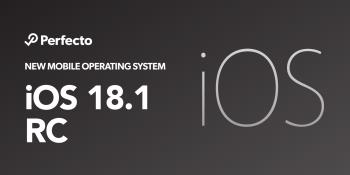
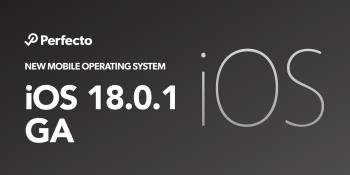
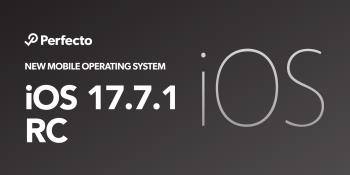
New Android versions
You can now test your applications on mobile devices running Android 15 GA.
If you are interested in having Android 15 devices connected in your cloud, contact Perfecto Support.
For complete support information, see Android support updates.
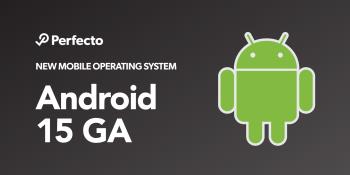
Platform support | Virtual devices
The following new versions and devices are now available.
New iOS versions
You can now test your applications on simulators running the following iOS versions:
-
18.1 RC
-
18.2 Beta 1
These versions are only available at limited capacity.
For an updated list of devices and versions, see Supported simulator devices and OS versions.

New emulator devices
You can now test your applications on the following new emulators with Android version 14 or 15:
-
Google Pixel 9
-
Google Pixel 9 Pro
-
Google Pixel 9 Pro XL
For an updated list of devices and versions, see Supported emulator devices and OS versions.
Browser support
You can now test your applications in the following new browser versions:
-
Microsoft Edge 130 Stable and 131 Beta on Windows machines
-
Google Chrome 130 Stable and 131 Beta on Windows and Mac machines
-
Mozilla Firefox 131 Stable and 132 Beta on Windows and Mac machines
For a complete list of supported browsers, see Supported platforms.
